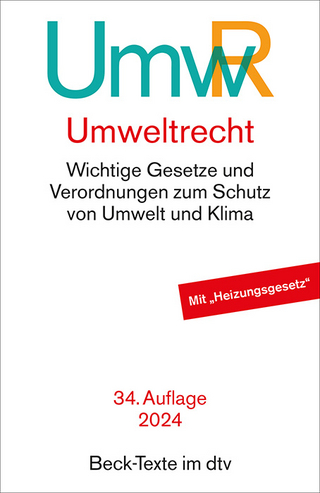
Making Climate Lawyers
Climate Change in American Law Schools, 1985-2020
Seiten
2024
University Press of Kansas (Verlag)
978-0-7006-3639-6 (ISBN)
University Press of Kansas (Verlag)
978-0-7006-3639-6 (ISBN)
Why did it take so long for American law schools to start teaching about climate change? This book explores how American environmental law professors have addressed climate change, identifying the barriers they faced, how they overcame them, and how they created ‘climate law’ as a domain of legal specialization.
Why did it take so long for American law schools to start teaching about climate change? Although most environmental law professors were aware of climate change by 1990, it took nearly fifteen years for them to incorporate the topic into their curriculum. In her innovative new work, Kimberly K. Smith explores how American environmental law professors have addressed climate change, identifying the barriers they faced, how they overcame them, and how they created “climate law” as a domain of legal specialization.Making Climate Lawyers explores the history of why American law schools were resistant to teaching about climate change and how that changed over the course of a forty-year period, resulting in law schools across the country incorporating climate change into their curricula, with many even establishing centers on the environment. Smith challenges dominant explanations of why the United States was slow to develop climate policy: it wasn’t just political opposition or short-sightedness. Creating climate legal professionals required changing the fundamentals of legal education.
Based on dozens of interviews with faculty and students, Making Climate Lawyers fills a gap in the literature on the intellectual history of climate change, most of which focuses on the history of climate science. Smith focuses instead on how the climate problem fits (or doesn’t fit) into the structure of American law. She uses this story as a lens through which to understand both the transformation of legal education since the 1980s and the nature of climate change as a policy problem.
Why did it take so long for American law schools to start teaching about climate change? Although most environmental law professors were aware of climate change by 1990, it took nearly fifteen years for them to incorporate the topic into their curriculum. In her innovative new work, Kimberly K. Smith explores how American environmental law professors have addressed climate change, identifying the barriers they faced, how they overcame them, and how they created “climate law” as a domain of legal specialization.Making Climate Lawyers explores the history of why American law schools were resistant to teaching about climate change and how that changed over the course of a forty-year period, resulting in law schools across the country incorporating climate change into their curricula, with many even establishing centers on the environment. Smith challenges dominant explanations of why the United States was slow to develop climate policy: it wasn’t just political opposition or short-sightedness. Creating climate legal professionals required changing the fundamentals of legal education.
Based on dozens of interviews with faculty and students, Making Climate Lawyers fills a gap in the literature on the intellectual history of climate change, most of which focuses on the history of climate science. Smith focuses instead on how the climate problem fits (or doesn’t fit) into the structure of American law. She uses this story as a lens through which to understand both the transformation of legal education since the 1980s and the nature of climate change as a policy problem.
Kimberly K. Smith is professor of environmental studies emerita at Carleton College and the author of The Conservation Constitution: The Conservation Movement and Constitutional Change, 1870–1930, African American Environmental Thought: Foundations, and Wendell Berry and the Agrarian Tradition: A Common Grace.
PrefaceIntroduction
1. Making Environmental Lawyers
2. The Birth of Climate Law
3. The Changing Landscape
4. The Great Transformation, 2000–2010
5. Making Climate Lawyers, 2011–2020
Conclusion
Appendix
A: List of People InterviewedAppendix B: Law School of Environment-Focused Centers
Notes
Bibliography
Index
| Erscheinungsdatum | 08.02.2024 |
|---|---|
| Reihe/Serie | Environment and Society |
| Verlagsort | Kansas |
| Sprache | englisch |
| Maße | 152 x 229 mm |
| Gewicht | 272 g |
| Themenwelt | Recht / Steuern ► EU / Internationales Recht |
| Recht / Steuern ► Öffentliches Recht ► Umweltrecht | |
| Recht / Steuern ► Privatrecht / Bürgerliches Recht ► Berufs-/Gebührenrecht | |
| Sozialwissenschaften ► Pädagogik ► Erwachsenenbildung | |
| ISBN-10 | 0-7006-3639-0 / 0700636390 |
| ISBN-13 | 978-0-7006-3639-6 / 9780700636396 |
| Zustand | Neuware |
| Haben Sie eine Frage zum Produkt? |
Mehr entdecken
aus dem Bereich
aus dem Bereich
wichtige Gesetze und Verordnungen zum Schutz von Umwelt und Klima
Buch | Softcover (2024)
dtv Verlagsgesellschaft
21,90 €
mit Verordnungen, Verpackungsgesetz, Elektro- und …
Buch | Softcover (2024)
dtv Verlagsgesellschaft
19,90 €


